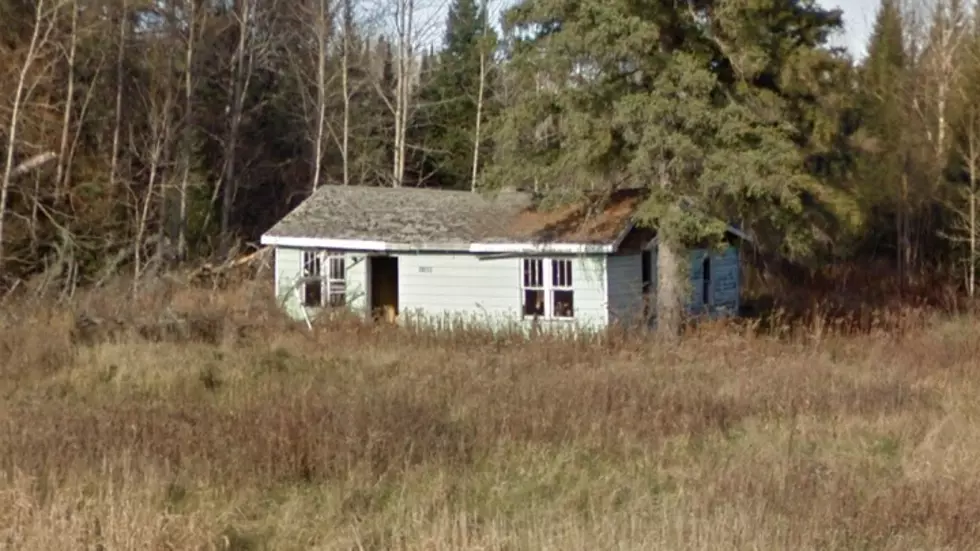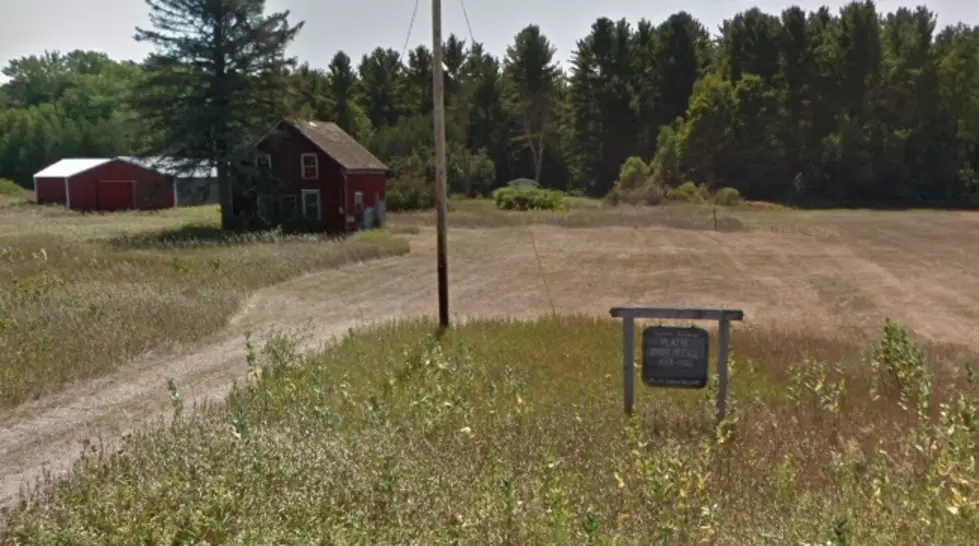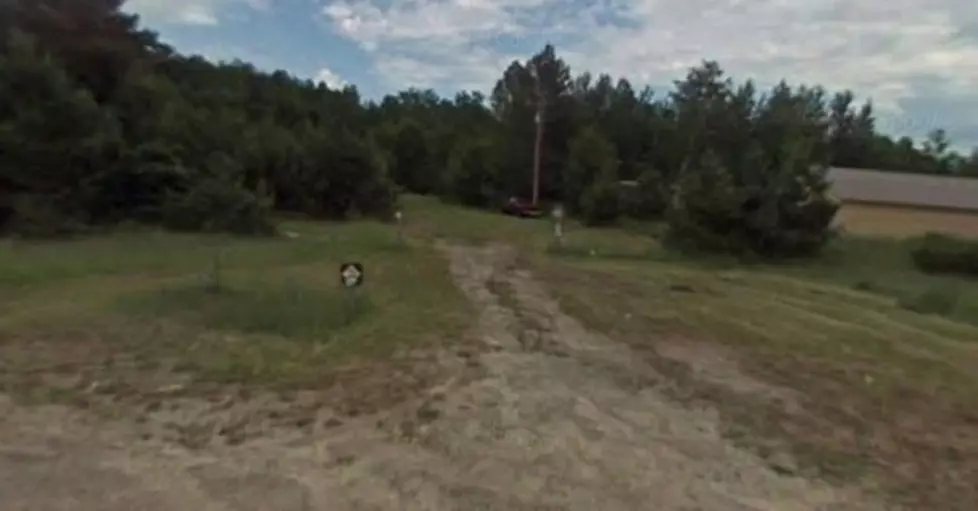
MICHIGAN GHOST TOWN: Nothing Left of Aral, in Benzie County
Aral is one of those Michigan Ghost Towns where there is NOTHING left.
Aral was located along Lake Michigan in Benzie County, about 5 miles south of Empire. The village existed as a sawmill town from 1880 to 1911 with a population of approximately 200.
The town was built around Otter Creek, based on the success of the lumber business. Locals were hoping to name the town ‘Otter Creek’ but that idea was squelched when they were informed that there was already another Michigan village with that name. So ‘Aral’ was eventually chosen, named after the Aral Sea. Aral acquired its own post office in 1884 but shut down in 1900 when it became obvious the lumber trade was on a downslide.
Aral was also known for having one of western Michigan’s few ‘pioneer shootouts’. Keep reading.....

Aral dates back to 1853, when Orange Risdon came from Saline, surveyed the land, and decided to move himself and his wife to 122 acres of land in the area. He sold his land in 1863 to Robert F. Bancroft, who was a Civil War photographer. Bancroft built a log cabin on it, settled in, and planted black locust and apple trees.
The lumber companies soon altered Bancroft’s easy living – they began cutting down the White Pine near Otter Creek, damming the creek in the process. A lumberjack boarding house, horse barns, and a wood-loading dock (seen in the 1901 atlas below) were all built on Bancroft’s property. The town also had the post office, a second boarding house, schoolhouse, church, and general store.
A shootout occurred between lumberman Charles T. Wright and deputy sheriff Neil Marshall. It seems Wright was behind in his taxes, which he was refusing to pay. After several warnings, Marshall arrived in Aral with local Dr. Thurber as a witness on August 10, 1889, to serve a writ. Wright was waiting with a rifle, and after a little scuffle, shot and killed the deputy sheriff. Thurber took the rifle away from Wright, but Wright pulled a revolver out of his pocket and shot Thurber once in the head and in the chest, killing him.
Wright took off, hiding from authorities deep in the woods. A posse was joined by a large number of angry locals to look for Wright. It took a while, but Wright was captured and convicted of two counts of murder, sentenced to life, and imprisoned in Jackson.
The mill burned down in 1899, arson being suspected. By 1904, everyone in town was gone except for the Bancroft family. In 1908, the Israelite House of David took over the town, rebuilt the sawmill, and kept a lumber business going until all the timber was gone. Once the trees were depleted, the group left for good. The Bancrofts finally left in 1922, and Aral became a true ghost town. Harsh seasonal weather destroyed any buildings close to shore, and after a number of years, nothing remained, showing there was ever anything there.
The area is now a popular beach for travelers and vacationers, as part of Sleeping Bear Dunes National Lakeshore. You can visit Aral’s former location at the end of Esch Road. It’s one of the best maintained, cleanest beaches on Lake Michigan.
Who knows what remnants of Aral lie under those dunes?
THE SITE OF THE FORMER TOWN OF ARAL
13 Michigan Ghost Towns You Should Visit This Year
Michigan's 19 Smallest Towns (According to the Census, Which Means It's Not Really Accurate)
The Barely-Recognized "Village" of Pearl, Michigan
The Old Kilmanagh General Store
Vintage Photos of Laurium, Michigan
Ten Forgotten Clinton County Towns That Practically Vanished
The Michigan Thumb Town of Brown City
VINTAGE PHOTOS OF HORTON, MICHIGAN
Vintage Photos of Ovid
Vintage Photos of Webberville
More From 94.9 WMMQ









